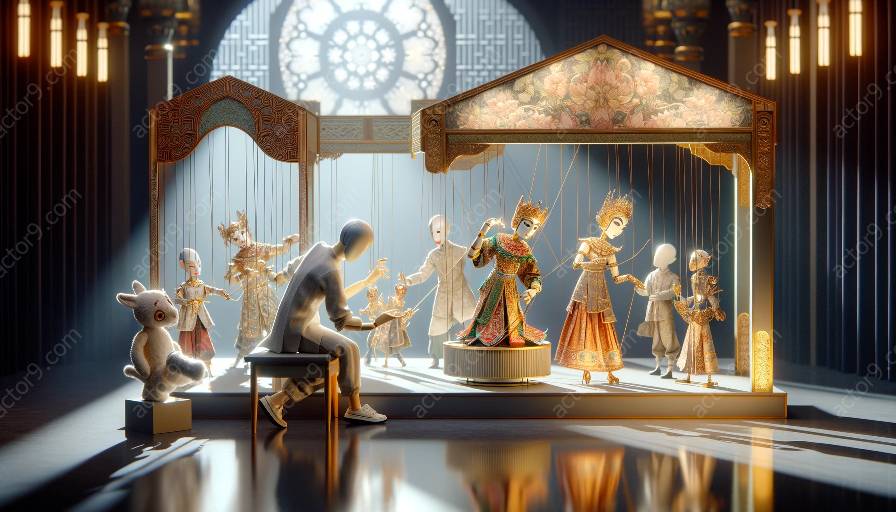Traditional puppetry and mask theatre have been integral parts of cultures around the world for centuries, but they face numerous challenges in the modern era. Preserving these art forms requires a deep understanding of their historical and cultural significance, as well as a proactive approach to addressing the obstacles that threaten their survival.
One of the primary challenges in preserving traditional puppetry and mask theatre is the dwindling number of skilled practitioners. As these art forms are often passed down through generations, their continuity depends on the transmission of knowledge and skills from experienced performers to younger generations. However, with the rise of modern entertainment and changing societal values, fewer individuals are pursuing careers in traditional puppetry and mask theatre, leading to a decline in expertise and a potential loss of valuable techniques and traditions.
Moreover, economic pressures and commercialization present significant challenges to the preservation of traditional puppetry and mask theatre. In today's market-driven world, the financial viability of these art forms can be precarious, making it difficult for practitioners to sustain their craft. Without adequate financial support and investment, traditional puppetry and mask theatre may struggle to find patronage and audiences, further endangering their survival.
Another obstacle lies in the diminishing venues and platforms for traditional puppetry and mask theatre. As modern entertainment trends towards digital platforms and urbanization transforms cultural landscapes, traditional performance spaces are increasingly marginalized. This lack of physical infrastructure can limit the visibility and accessibility of traditional puppetry and mask theatre, relegating them to the peripheries of contemporary performing arts.
Furthermore, the cultural disconnect between younger generations and traditional art forms poses a considerable challenge to their preservation. In an age dominated by fast-paced technological advancements and globalized media, younger audiences may struggle to relate to the themes and narratives depicted in traditional puppetry and mask theatre. Without an active effort to bridge this gap and make these art forms relevant to contemporary sensibilities, there is a risk of alienating the very audience necessary for their continuation.
When considering the intersection of traditional puppetry and mask theatre with acting and theater, it becomes evident that these art forms offer unique insights and techniques that enrich the wider theatrical landscape. The challenges of preserving traditional puppetry and mask theatre necessitate collaboration and innovation within the acting and theater community to ensure their enduring relevance and vitality. Exploring these challenges and seeking solutions to sustain these art forms is crucial in preserving the richness of cultural diversity and historical heritage that they embody.















































